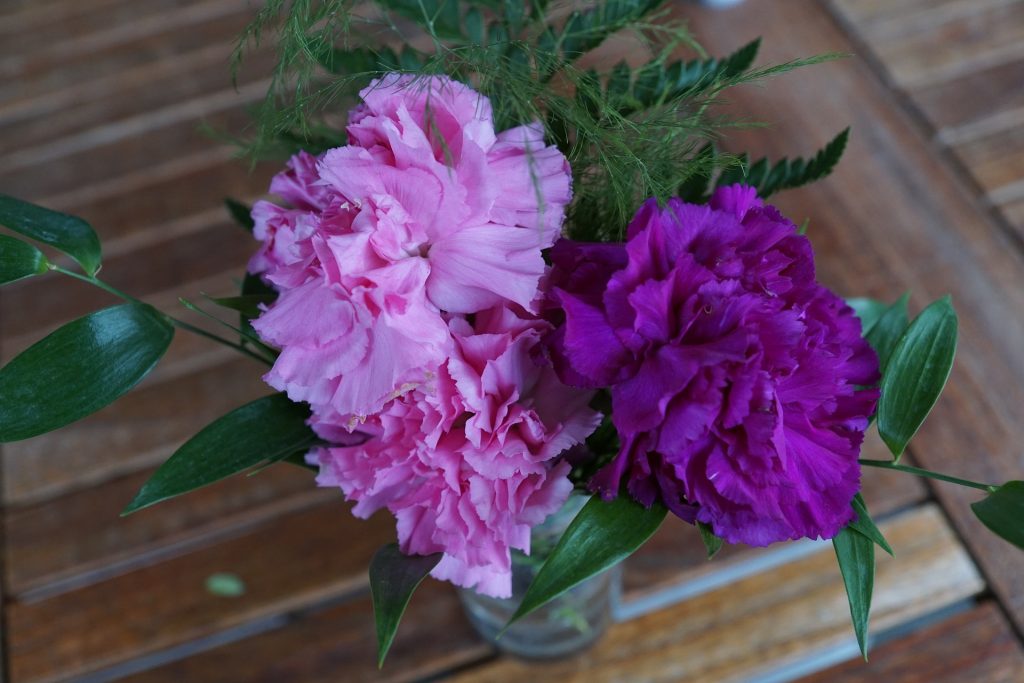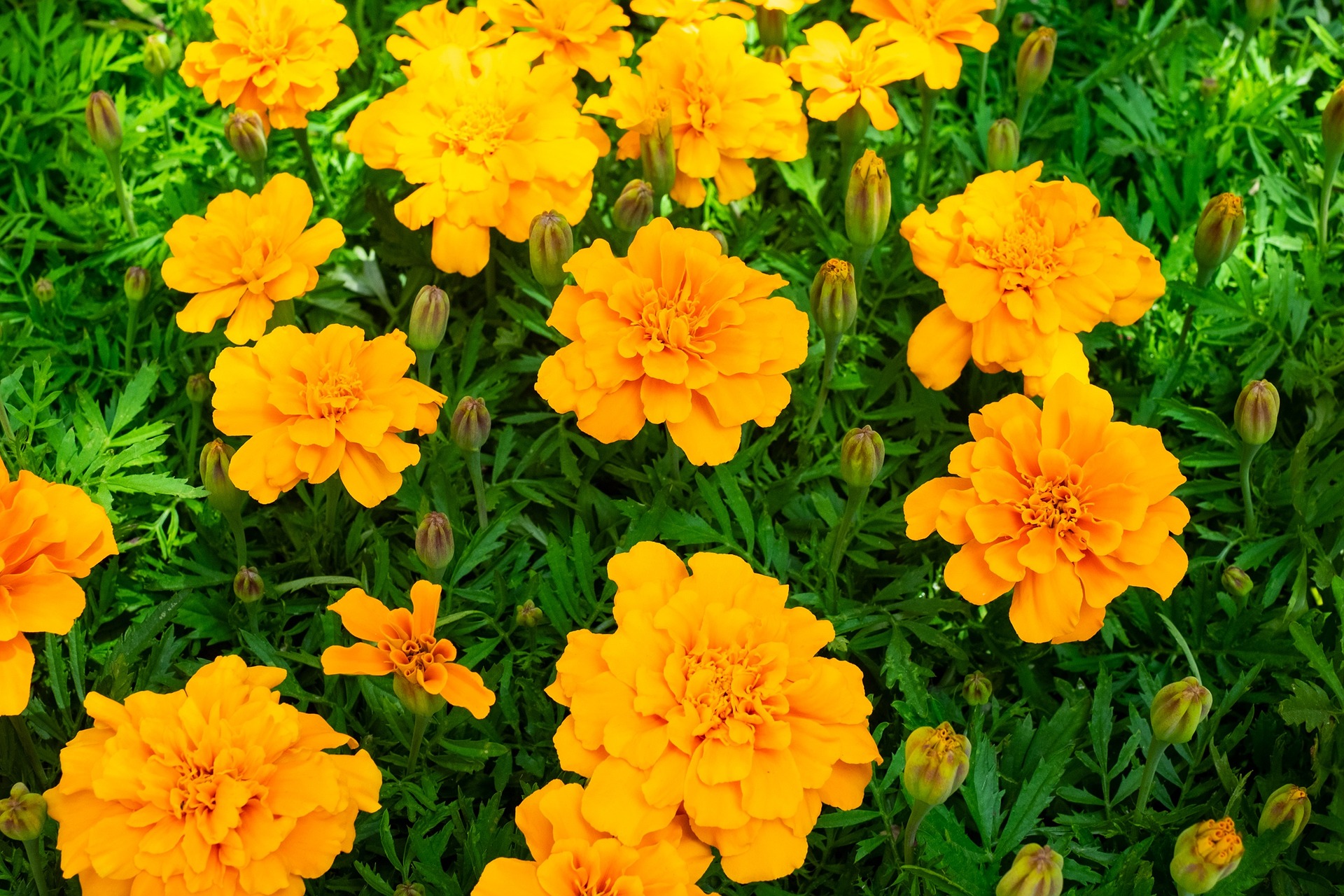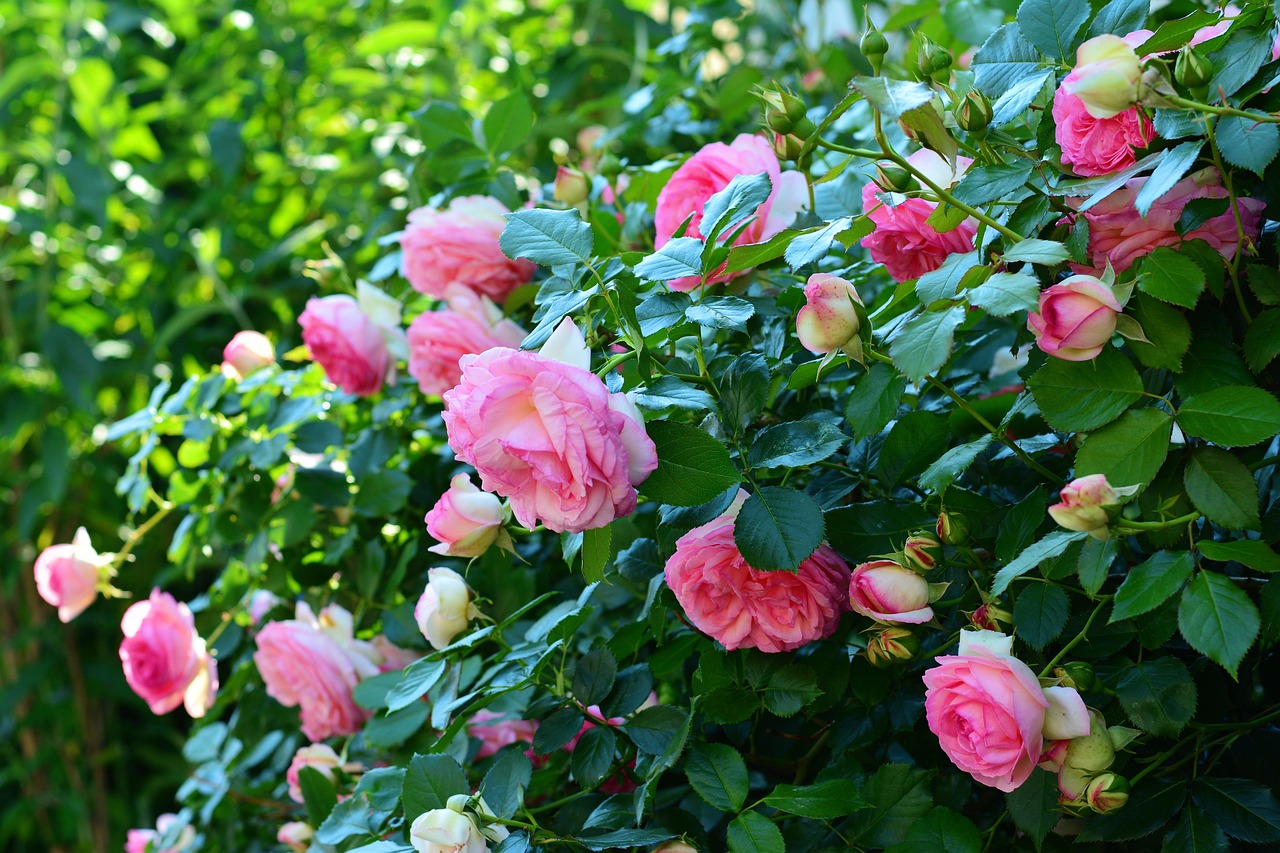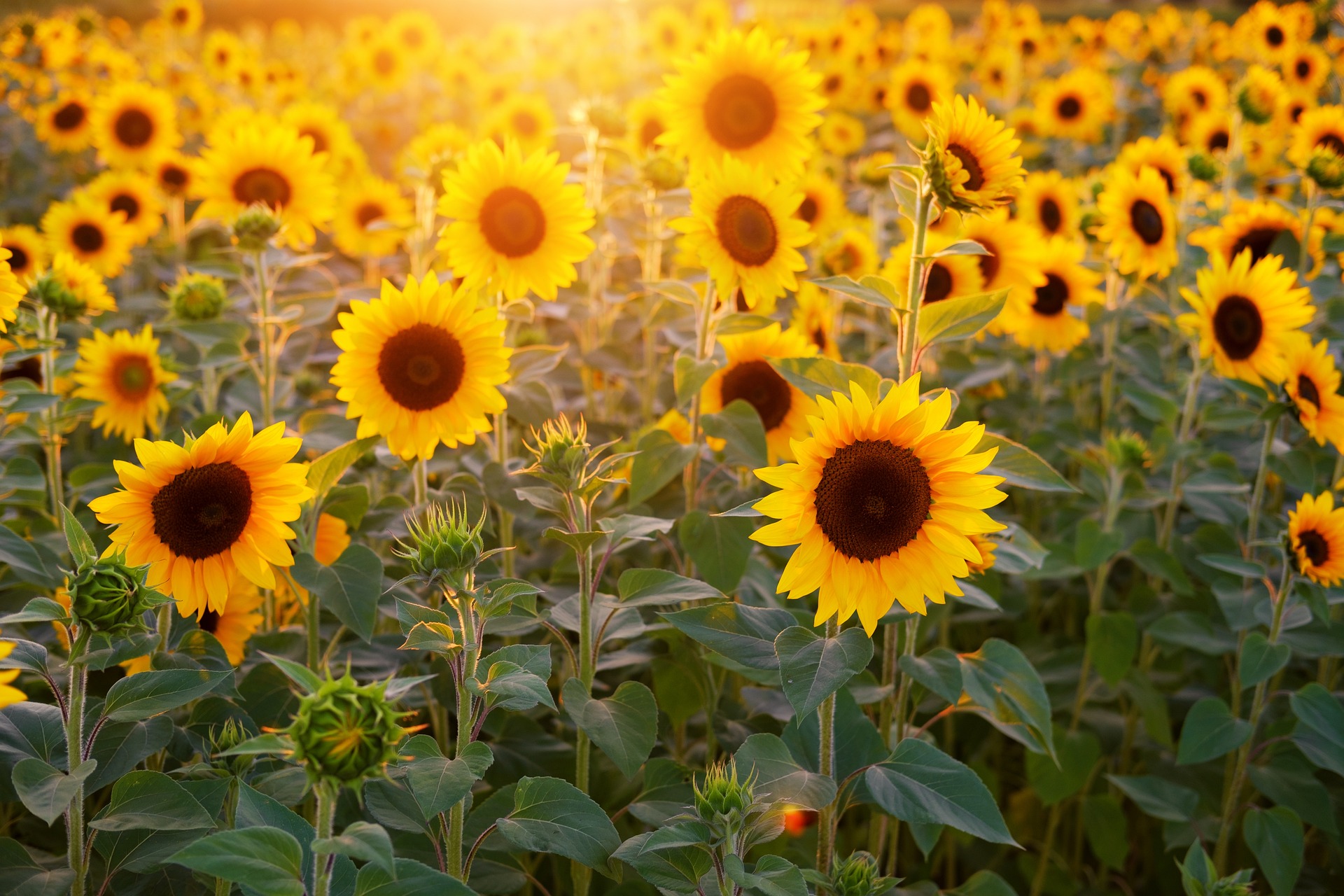Sweet fragrances elate human mood, one of many reasons why flowers are highly cherished. Floral scents are not only delightful to human beings but also many other creatures, which is why carnations are a beauty, not only because of their ruffled and brightly colored flowers which occur in many forms and colors, but also their strong spicy fragrance that attracts bees, butterflies and many other insects.
Carnation is known as “the flower of love”, and is the birth flower of January.
Description Carnations are members of the family Caryophyllaceae and genus Dianthus. In Greek language, “Dios” is Zeus and “Anthos” is flower, hence the name, “flower of god.”
Carnations produce stiff, erect stems with slender leaves that are grayish green to blue green in color and five-petalled fragrant flowers that come in a splash of colors including white, pink, red, yellow and orange.
Carnations are famous as cut flowers due to their many forms and colors, versatility and long keeping quality in the vase. They can stay up to three weeks in the vase as long as they are kept out of direct sunlight and regularly rehydrated. This makes them famous for weddings and other ceremonies.
They are grown in flower gardens, rock gardens, planted in containers or used as border plants.
| Scientific name | Dianthus caryophyllus |
| Common name | Carnation, Grenadine, Clove pink |
| Plant type | Perennial |
| Mature plant size | 1-2.5 ft tall, 1-2 inches wide |
| Soil pH | 6-7 |
| Light/sun exposure | Full sun |
| Hardiness zones | USDA zones 3-10 |
| Bloom time | Spring to late summer |
| Leaf color | Grey green to bluish green |
| Flower color | Red, white, orange, purple and pink |
| Native area | Mediterranean area |
Types of Carnations
Carnations are divided into standard and spray carnations.
Standard carnations
This type of carnations produces large blooms with long vertical stems and are considered to be of great commercial value. Varieties include Diana Exotica, Hermis, Sunrise, Domingo, Malaga, Angelica, Calypso, White Liberty and many others. These varieties occur in a blend of colors including red, purple, pink, yellow, orange and white.
Spray carnations
These produce many flowers of smaller size in a bunch. Varieties include Elvis, Excel, White Prestige, Barbara, Rony, Red Eye, Mila, Stella, West moon and many others. They come in a range of colors including red, pink, yellow and white.
Site selection
Select a site with rich loamy sand or loam soil with pH of 6-7 and good drainage.
Carnations require day temperature of 180C , night temperature of 100C-120C in winter and 120C-150C in summer. They can be grown in almost every climatic condition.
Carnations are facultative long day plants, therefore require long days for proper flowering.
Growing seedlings
Place potting mixture in trays and sprinkle carnation seeds on top.
Add a thin layer of soil on top and sprinkle water to keep the soil moist. Always ensure that the soil is moist until seedlings come out. This should be done indoors around 8 weeks toward the end of frosting in your area.
Soil preparation: Dig up your site to make the soil fine, add 2-4 inch layer of organic manure and mix well to enhance soil richness.
Two weeks after the last frost, transfer seedlings into a well prepared garden and give them adequate spacing (30cm apart).
Mulch the ground to retain soil moisture.
Alternatively, you can plant carnations directly into the soil, by planting seeds close to the soil surface early in spring.
Carnations will take four to six weeks to bloom after planting, depending on the variety and growing conditions.
Care for growing carnations
Pinching and disbudding
Pinching involves removal of the bud-head of the main stem of carnations at an early stage. If left un pinched, the main stem will produce a crown flower.
Pinching enables the growth of side shoots which produce the first splash of flowers. Pinch your carnations at 3 weeks of growth.
Disbudding involves the removal of undesirable immature flower buds to enable growth of a few big flowers.
These two practices are essential for producing top quality carnations.
Mulching: Ensure that your carnations are mulched to increase water retention in the soil and prevent weed growth. Organic mulch rots with time and supplies additional nutrients to the soil.
Watering: Water your plants in the dry season but ensure that your site is not water logged.
Cut flower stems regularly and remove wilted flowers to encourage new growth.
Harvesting Carnations
Cut flowers when outer petals have unfolded and are almost perpendicular to the stem.
Put your flowers immediately in a container of cold water and preservative to prolong flower life.

Pests and diseases
Fusarium wilt: Plants become stunted and foliage becomes yellow, plants may die.
Control: Use prescribed fungicide (spray).
Rust: Affects leaves by forming blister-like swellings, and later on produce reddish, powdery spores.
Control: Give plants enough space for aeration, use fungicides on infected plants.
Bacterial wilt: Cause wilting of part or the whole plant.
Control: Use disease free planting material.
Pests include aphids and thrips. These can be hand picked or removed using bait.




